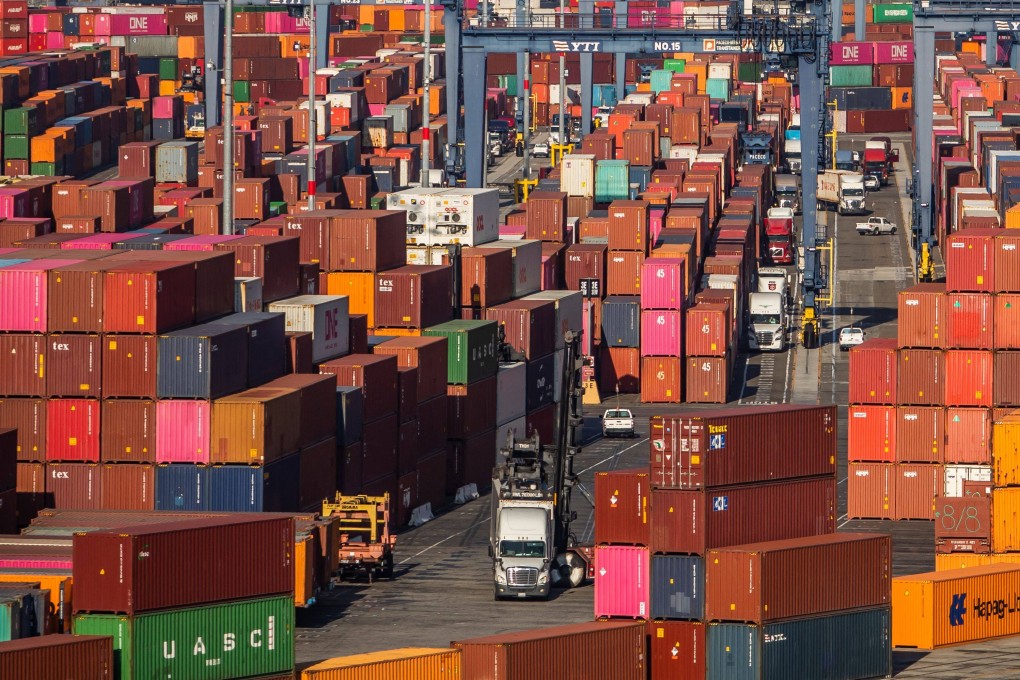Macroscope | How Asia can ride the return in US demand to more solid growth
- US companies are expected to invest strongly in plant and equipment amid record low inventories as semiconductor demand and carmaking revs up
- This will be a boost for exporters across Asia, allowing economies to move beyond pandemic relief and return to structural reforms

Growing signs of a stronger US investment cycle can reinforce the robust consumer cycle that held up the global economy last year – and make growth more sustainable around the world.
Asian economies should reap the rewards that the boost will give to semiconductor manufacturers and carmakers in the region, as well as exporters more generally. Policymakers may also be able to move beyond pandemic relief measures and return to structural reforms.
It’s worth looking at recent data which suggests that US companies may be starting to invest in plant and equipment to replenish critically low inventories. Last December, the US Empire State manufacturing survey’s sub-index for capital expenditure intentions six months ahead surged to 38 points, its highest in years.
US economists also expect data to show that equipment spending turned positive in the fourth quarter of last year and that this spending will grow this year. For US firms, investing in equipment is also cheaper than mergers and acquisitions when equity valuations are at an all-time high.

